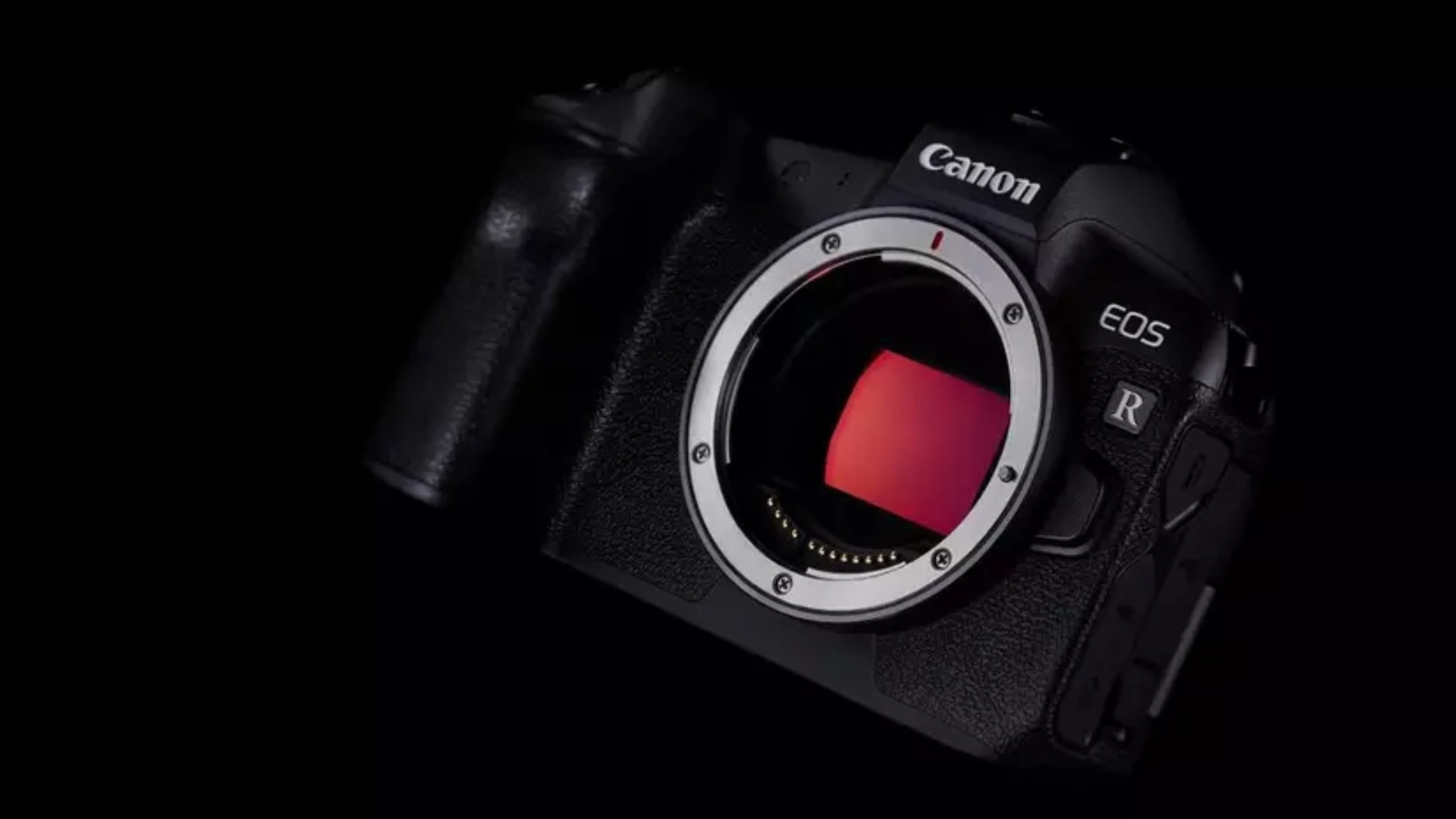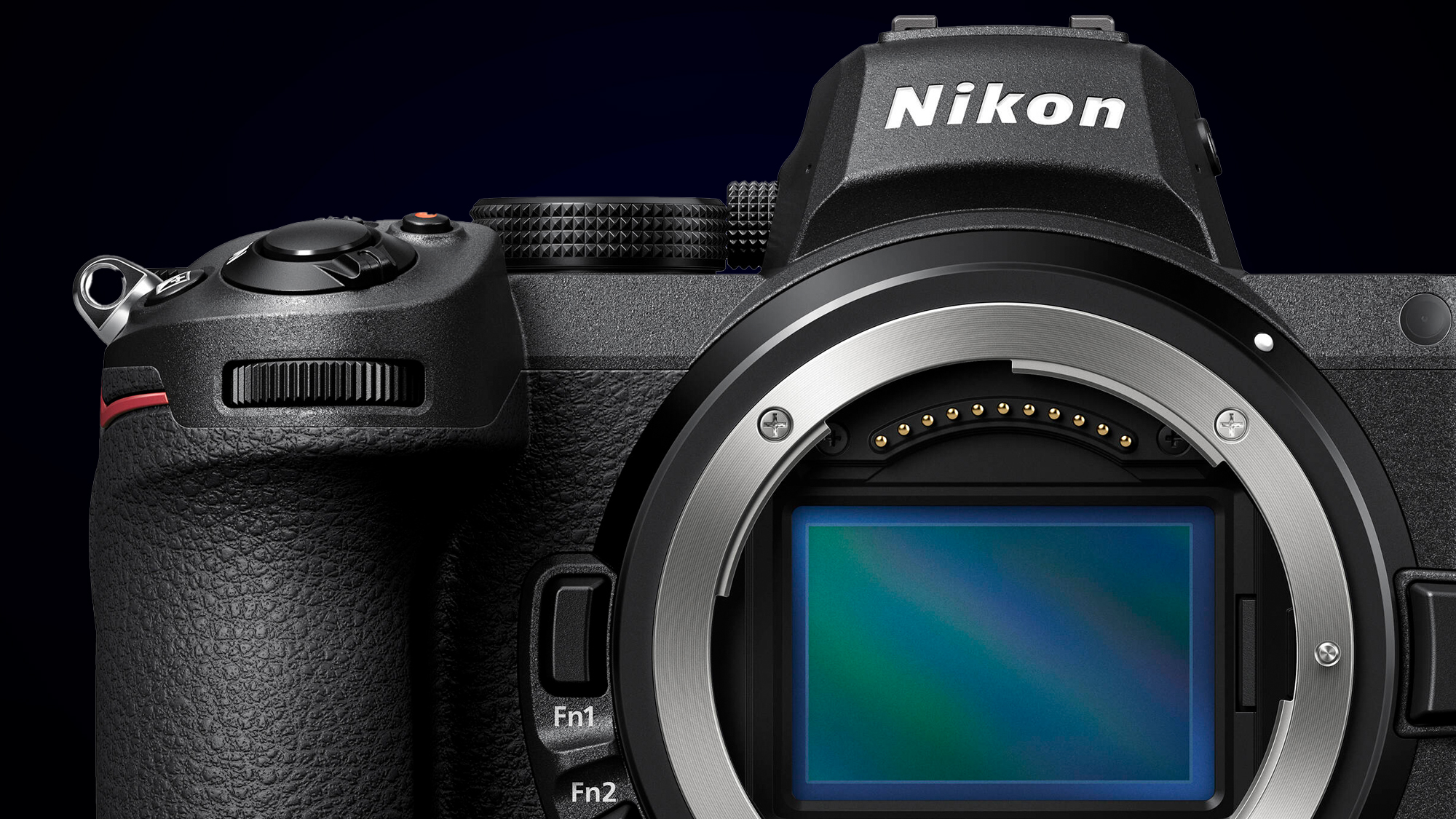Canon’s next camera could finally make full-frame affordable again
Rumored EOS R successor sounds like a long-awaited sweet spot

Canon has already listened to the cries of our wallets this year and released the temptingly-priced EOS R7 and EOS R10. And now, according to the latest rumors, it’s planning to do the same for its full-frame mirrorless cameras with a successor to the original EOS R.
The reliable Canon Rumors says that this new full-frame camera, which will have a larger sensor than the EOS R7 and EOS R10, “will be a replacement of sorts for the original Canon EOS R, but it won’t be called the Canon EOS R Mark II”. That’s potentially music to the ears of those who can’t afford Canon’s current full-frame models.
When the Canon EOS R launched in 2018, it was an all-rounder for all kinds of photography – and Canon Rumors says that its successor “will sit below the Canon EOS R6”, which means it should have a much lower price tag than that $2,499 / £2,499 / AU$4,499 model.
Exactly how much lower isn’t yet clear, but a sub-$2,000 price tag is certainly possible. The Canon EOS R is currently available for $1,799 / £1,699 / AU$2,199 and it seems Canon isn’t yet preparing a successor to the budget Canon EOS RP. Sadly, Canon Rumors says that “rising costs in the supply chain may have delayed or nixed the rumored $899 full-frame R series camera”, which means an EOS R sequel would have an important role to fill.
It would be a shame if that ultra-affordable full-frame camera didn’t see the light of day. But an EOS R successor with a tempting price tag is exactly what Canon’s lineup (and keen photographers) need right now. We’re huge fans of the Canon EOS R5, EOS R6 and EOS R3, but they all command a premium that becomes pretty prohibitive once you’ve invested in some of the best Canon lenses.
The original EOS R and EOS RP are currently fulfilling the ‘entry-level’ roles in Canon’s full-frame mirrorless lineup. But with the EOS R close to celebrating its fourth birthday (which, in camera years, is about 60 years old) and the EOS RP not far behind, it’s definitely time for some new all-rounders that cash-strapped hobbyists can actually justify.
Fortunately, it sounds like we shouldn’t have to wait long, for one of them at least. Canon Rumors says “we have been told that the new camera could be announced in late 2022 or in early 2023, with a ship date coming in Q1 of 2023”. And it likely won’t be the only affordable Canon camera we see this year.
Get daily insight, inspiration and deals in your inbox
Sign up for breaking news, reviews, opinion, top tech deals, and more.
Filling the affordability gap

We’ve already seen rumors that Canon’s next RF-mount camera, an APS-C vlogging model, will be arriving sometime before November. But there’s no doubt that full-frame holds a special appeal for photographers and videographers, and not just because it’s the same size as a frame of 35mm film.
Over the past few years, full-frame cameras have seen all of the investment when it comes to lenses. And yet during that period, the bodies themselves have predominantly been expensive, professional-oriented ones.
There are a few exceptions. In 2020, we saw the release of the Nikon Z5, Panasonic Lumix S5 and Sony A7C, all of which are impressive entry-level full-frame cameras in different ways. But since then, there’s been a dearth of budget full-frame options, and Canon has continued to push the original EOS R and EOS RP as its cheaper offerings, despite the latter offering a paltry 4fps burst mode.
But it sounds like Canon is finally ready to inject some much-needed life into this important space in the camera world. The question is exactly how affordable its EOS R successor might be, and how it might achieve that.
Right now, there are currently no rumored specs for the camera. But given its all-rounder billing, we’d expect its sensor to offer a 30MP or higher resolution (to differentiate it from the EOS R6) and be paired with a Digic X processor. This could unlock some improved burst shooting speeds (perhaps 15fps, rather than the EOS R’s 8fps) and autofocus performance, with Dual Pixel CMOS AF II and subject-recognition (for humans, animals and vehicles) both likely candidates.
What the EOS R would likely lack, in order to keep the price down, is a second card slot and in-body image stabilization (IBIS). Throw in some improved video specs (like 10-bit color sampling) and you’d have a very compelling all-rounder camera for those who want the benefits of full-frame (like dynamic range and high ISO image quality) over the speed and size advantages of APS-C models like the EOS R7.
Is this what we’ll see from Canon? It’s all speculation right now, but the rumors and general camera trends are pointing in that direction. All we need now is for Canon’s rivals to respond with some updated full-frame rivals of their own.

Mark is TechRadar's Senior news editor. Having worked in tech journalism for a ludicrous 17 years, Mark is now attempting to break the world record for the number of camera bags hoarded by one person. He was previously Cameras Editor at both TechRadar and Trusted Reviews, Acting editor on Stuff.tv, as well as Features editor and Reviews editor on Stuff magazine. As a freelancer, he's contributed to titles including The Sunday Times, FourFourTwo and Arena. And in a former life, he also won The Daily Telegraph's Young Sportswriter of the Year. But that was before he discovered the strange joys of getting up at 4am for a photo shoot in London's Square Mile.